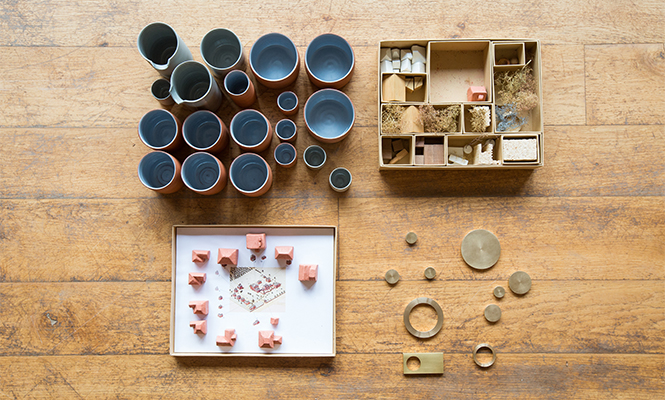Hall McKnight
Hall McKnight is an architectural practice established in 2003, with studios in Belfast and London. In 2014 the practice won the Downes Medal for the MAC, the most prestigious award to be bestowed by the Architectural Association of Ireland.
For the past few years Hall McKnight have asked me to shoot their concept model designs at their studio in Belfast. Hoping to contribute to their portfolio in the future.


The practice’s work has been nominated for the BSI Swiss Architectural Award, the European Union Mies Van der Rohe Award, the European Public Space Awards and the Design Museum ‘Designs of the Year’.
The practice has experience of working on a wide range of different building types from houses to large and complex public buildings and landscapes, and has delivered projects in the UK and Europe.
Hall McKnight:
“Our response, located within the Corderie Building at the Arsenale, addressed the manifesto statement that ‘Freespace addresses the unspoken wishes of strangers’ – we created a Freespace for occupation, a kind of gallery, based upon the stepped gardens and courts of our proposals for a large–scale residential project at Plot 18.02 at Greenwich Peninsula. From within this real architectural space, the visitor may view a series of models of Freespaces from our current project portfolio through apertures.
The models are contained within large vessels held within the architectural form of the piece. They have been constructed as mirror images of the proposals, as a visitor standing at one of the apertures will use a mirror to view the ‘expectant’ space. When viewed through the mirrors the models appear to occupy a space outside of their containing vessels – the image is projected beyond the physical limits of the piece. The experience of any space is dependent on the experience of the visitor – it is their collection of memories and experiences that will ultimately define their personal experience of a space. The view of the scheme is dependent upon a viewer looking through the aperture – these are the ‘Unique Instruments’ referred to in the title – their presence projects the experience of the spaces beyond the physical dimensions that the model occupies.
The sides of the vessels are inscribed with the base of the mirrored model, which, when viewed from its underside allows the proposed plan of the project to be revealed. As architects seeking to make successful Freespace, we must become adept at experiencing and seeing the world also as non–architects, immersed in life, whilst interpreting this individualised experience through an architectural filter. This is the challenge – to address the unspoken wishes of strangers within the plans of our projects.

